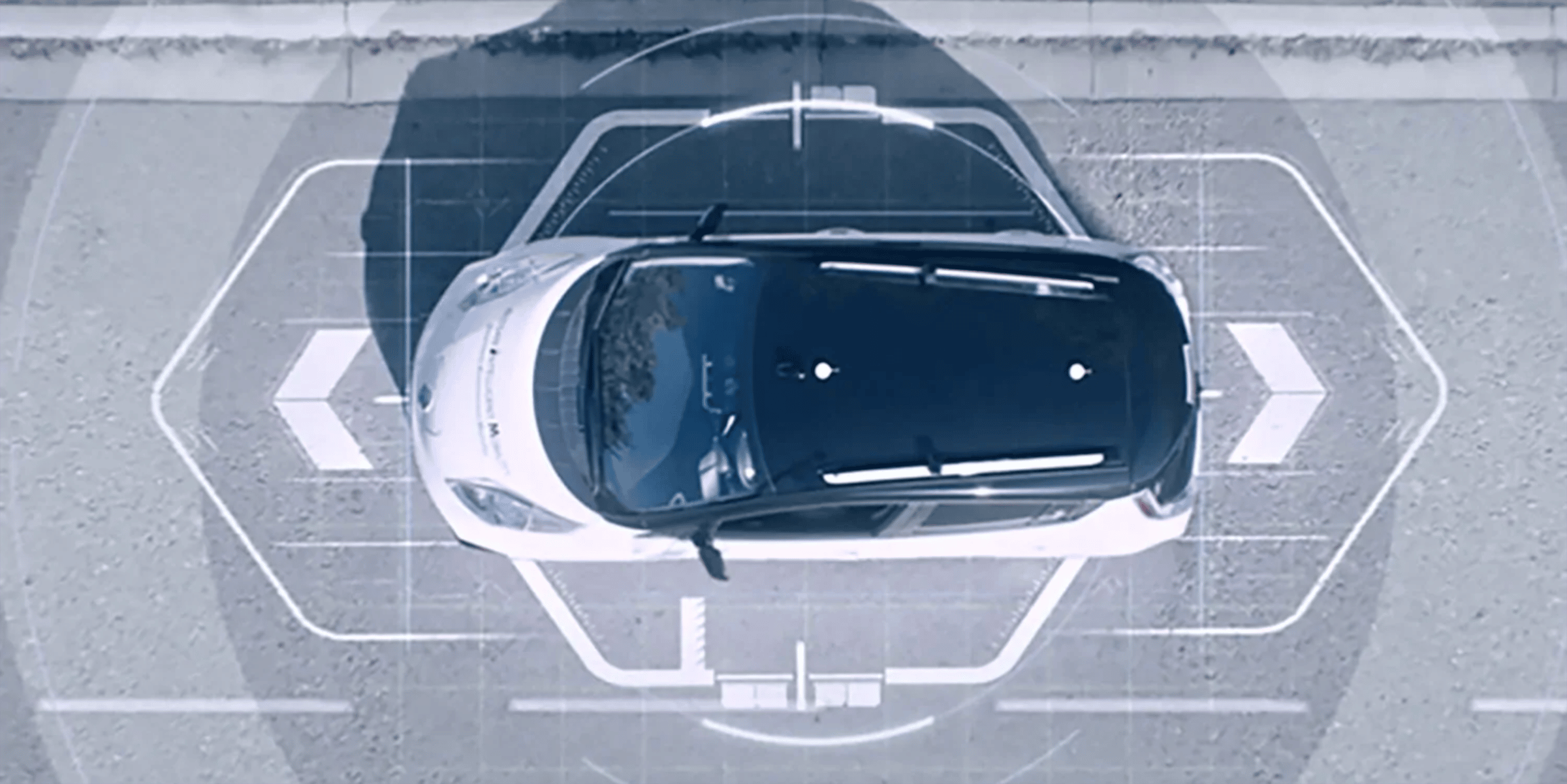94 percent of car crashes are caused by human error; autonomous vehicles may be able to help
September 30, 2020 | Article by Chain | Cohn | Clark staff | Tips & Information Social Share

In 1980, generally considered to be the deadliest year on U.S. streets, over 50,000 people were killed on U.S. roadways. Fortunately, with safety features like airbags added to vehicles, stricter seat belt laws, and campaigns that stigmatized impaired driving, the rate of deaths went down significantly.
But over the last several years, we have seen a slight increase in traffic deaths again. Pedestrian fatalities also increased by 27 percent over the last decade. Experts believe the increase is due to Americans driving more, with overall vehicle-miles traveled reaching an all-time high in 2017.
One way to reduce the amount of crashes, experts say, is to reduce the number of humans behind the wheel. After all, 94 percent of crashes are caused by human error, according to U.S. Department of Transportation.
Self-driving or autonomous vehicles might be able to help.
This is great news for drivers, pedestrians, bicyclists and others on our roadways. Bakersfield-based accident and injury law firm Chain | Cohn | Clark each year represents hundreds of innocent victims of motor vehicle crashes where human error is the primary cause.
AUTONOMOUS VEHICLES & SAFETY
Autonomous vehicles could boost the global economy by $7 trillion, significantly reducing traffic accidents and saving more than 600,000 lives annually, according to a study by Intel. Additionally, experts say autonomous vehicles could virtually eliminate the need to use police resources to enforce traffic safety laws and more officers could concentrate on reducing the most serious criminal activity.
So how do autonomous vehicles work? In autonomous vehicles, multiple sensors like cameras, radar, and GPS are continually scanning, collecting and sending data to the main system to be analyzed. As the car moves, data is continuously updated with new inputs from the sensors as they feed the algorithms, or “brain,” of the system. Decisions are made almost instantaneously based on the data the system receives.
Before the vehicles launch, however, autonomous vehicles must first survive rigorous testing in complex driving environments, traversing billions of miles of multiple road conditions and weather scenarios.
DRIVER-RELATED CRASHES
First, it’s important to take a look at the causes of crashes. The Insurance Institute for Highway Safety reviewed and separated driver-related factors that contributed to the crashes into five categories:
- “Sensing and perceiving” errors included things like driver distraction, impeded visibility and failing to recognize hazards before it was too late.
- “Predicting” errors occurred when drivers misjudged a gap in traffic, incorrectly estimated how fast another vehicle was going or made an incorrect assumption about what another road user was going to do.
- “Planning and deciding” errors included driving too fast or too slow for the road conditions, driving aggressively or leaving too little following distance from the vehicle ahead.
- “Execution and performance” errors included inadequate or incorrect evasive maneuvers, overcompensation and other mistakes in controlling the vehicle.
- “Incapacitation” involved impairment due to alcohol or drug use, medical problems or falling asleep at the wheel.
The researchers also determined that some crashes were unavoidable, such as those caused by a vehicle failure like a blowout or broken axle.
STUDIES
Safety experts say fully autonomous vehicles would have to be driven hundreds of millions of miles and sometimes hundreds of billions of miles to demonstrate their reliability in terms of fatalities and injuries, according to an Elsevier study called, “Driving to safety: How many miles of driving would it take to demonstrate autonomous vehicle reliability?”
Another study, by the Insurance Institute for Highway Safety, states that autonomous vehicles might prevent only around a third of all crashes if automated systems drive too much like people.
One company called Waymo logged 10 million self-driven miles, making it the leader for self-driven miles on U.S. streets. While its vehicles have been involved in dozens of crashes, none caused no serious injuries. For example, one Waymo vehicle bumped a bus while going 2 miles per hour. In accident cases with injuries, the human driver was reported to have been at fault.
In the United States anyway, people are gaining trust that self-driving vehicles will made a positive impact. Two thirds of the Americans who took part in a Hyundai Motor Group and Aptiv study believe that self-driving cars are the way of the future, according to the Motional Consumer Mobility Report.
Are you ready for them?
———
If you or someone you know is injured in an accident at the fault of someone else, or injured on the job no matter whose fault it is, contact the accident lawyers car injury team at Chain | Cohn | Clark by calling (661) 323-4000 and learn about our Bakersfield law firm.
